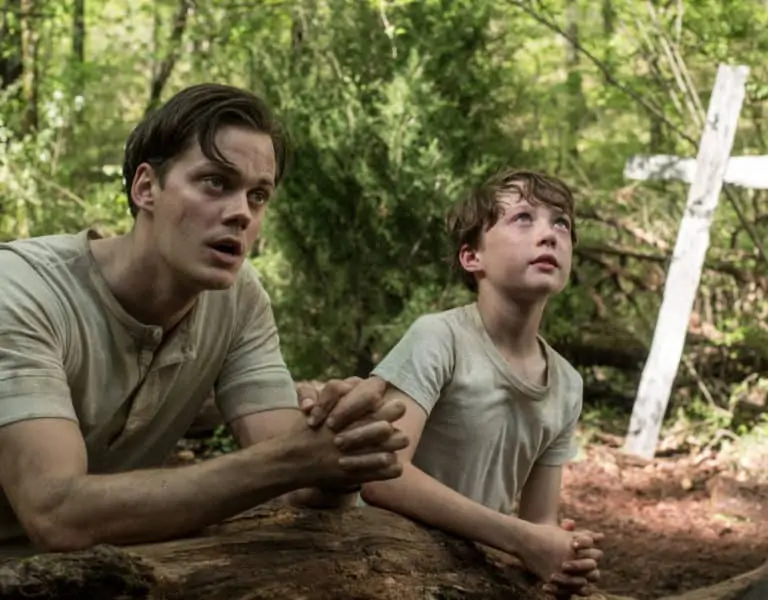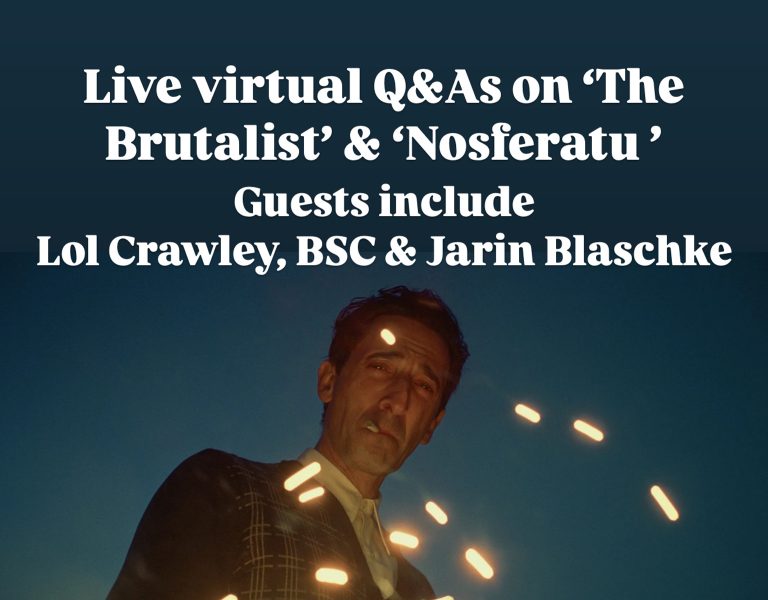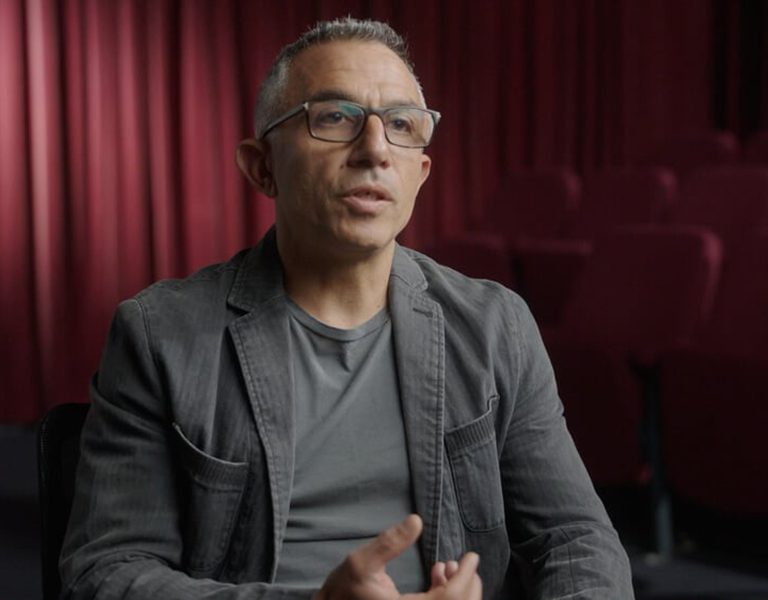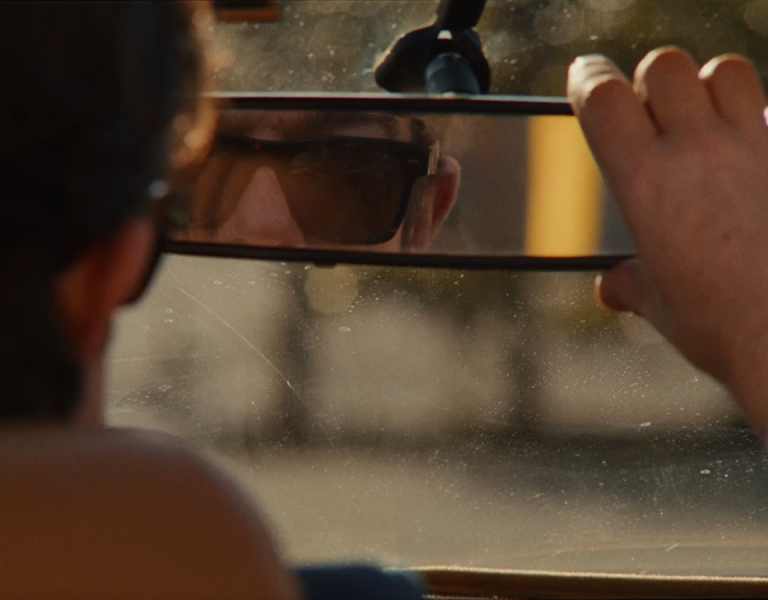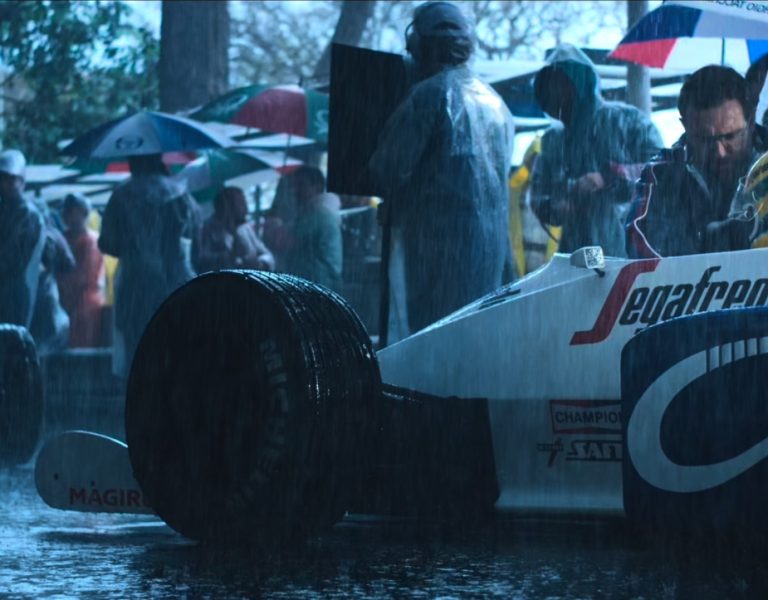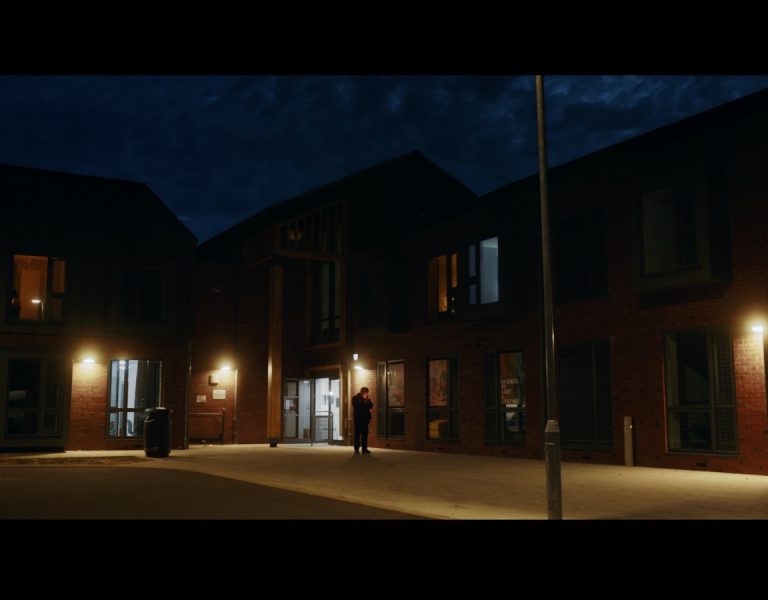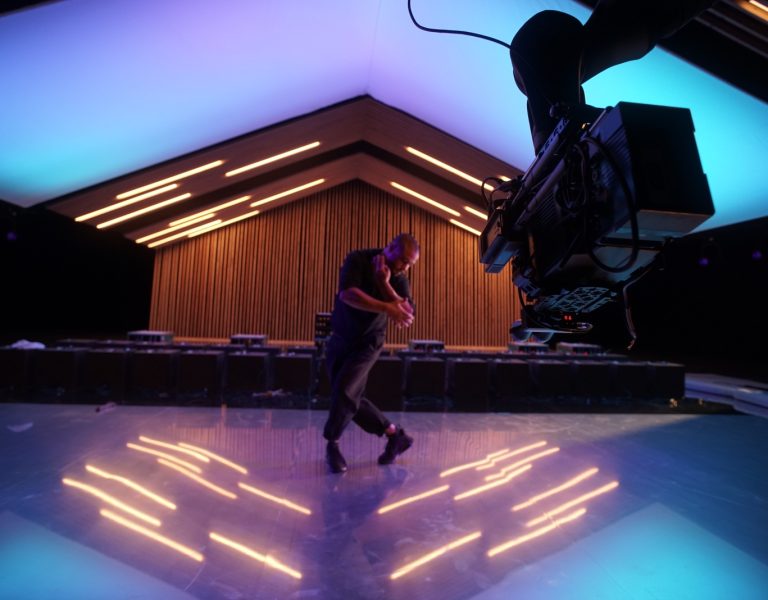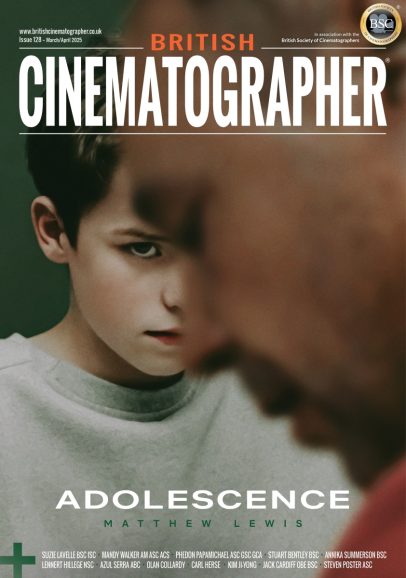AUTHENTICITY REIGNS SUPREME
When capturing the powerful performances at the heart of We Live in Time, Stuart Bentley BSC adopted a stripped back approach to lighting and camerawork, creating a comfortable environment for the cast and resulting in authentic visuals on screen.
Director John Crowley and I were immediately drawn to adopting quite a naturalistic visual language for We Live in Time. Creating the look was an evolving process for both John and I, beginning with lots of ideas which we developed and refined as prep went on. On this occasion we were telling a contemporary London-set story which gave us a grounding for where we wanted to travel visually and how to achieve that.
We wanted to create a safe space for the performances, meaning sometimes the cinematography took a bit of a back seat which I felt comfortable with because I didn’t want the look to be overbearing when you have a cast of the calibre of Florence Pugh (Almut) and Andrew Garfield (Tobias).
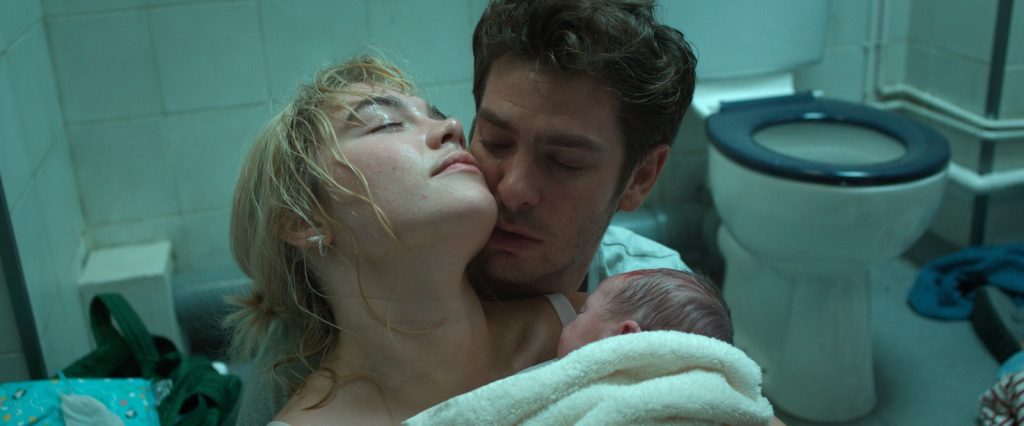
I’ve always loved shooting on the ARRI Alexa and was interested to use the Alexa 35 which had recently been released and had impressed me with its range of colours and the way it handled highlights. We chose Panavision PVintage lenses – often using a 35mm lens – as I didn’t want anything too sharp or clean, but equally didn’t want anything too out there or too vintage. The PVintage felt like a perfect choice because they were sharp, clean, reliable and fast as well as small and lightweight which was essential as I was shooting a lot handheld (also working with operators Stamos Triantafyllos, Kat Spencer Assoc. ACO and Doug Walshe ACO). The lenses add a little magic when you get these aberrations and flares which really elevate the image.
We shot in a lot of locations including Almut and Tobias’ country home which was shot in a house in Surrey and the London flat they later live in which was a studio build in Garden Studios, with the exterior shot in Clapham, South London. Some of the story is set in hospital waiting rooms with white walls – institutional, mundane, ambiently lit spaces – which would be many DPs’ worst nightmare. But I loved the challenge and shooting sequences that were a counterpoint to that with a heightened energy such as the magical, colourful, energised scene when they are in the nightclub or running around in the garden when the camera could become more fluid and lighting more vibrant.

Control and creativity
A birth scene presented sizeable obstacles for the crew. It’s part of a longer sequence when Almut and Tobias rush to hospital, get caught in a traffic jam, and travel by foot to a petrol station where Almut gives birth in the toilet. We needed a road we could close down at night to create the traffic jam and would lead directly into the petrol station which needed to have a toilet inside we could control. Finding all elements together proved difficult, so we shot on a road in Orpington, London, which we could only close down for five minutes at a time and had to set all the cars, run onto the road, get the shot, take the camera and cars out of the road, let the traffic through, bring the cars back in, and repeat.
We shot the birth scene in the studio to offer the level of control needed, including climate and temperature control for the babies and the support and comfort Florence required. We shot a lot of it handheld, following Andrew in and out of the petrol station and into the corridor, rebuilding the corridor section in the studio completely accurately with a green screen with a plate of the petrol station at the end. So when Andrew kicks the door through, that went into a studio set built in Garden Studios.
The birth was a really complicated sequence to prep, featuring prosthetics, visual effects, real babies, a tight enclosed space, and a heavy and technical performance. As the day went on Florence’s prosthetic – which was beautifully crafted – would start to fail as the performance was so physical. So keeping the lighting and camerawork simple was vital when there were so many technical elements to control. So we just put four RGBW panel lights in the ceiling, controlled from a desk and set at 4300 Kelvin colour temperature with a tiny bit of green added. Occasionally we dimmed the light above the camera to allow a little modelling on the cast. When towels, blankets and dressing gowns are laid down in the scene, I made sure a white dressing gown bounced the top light beautifully into Florence’s face, creating a nice light in her eyes.
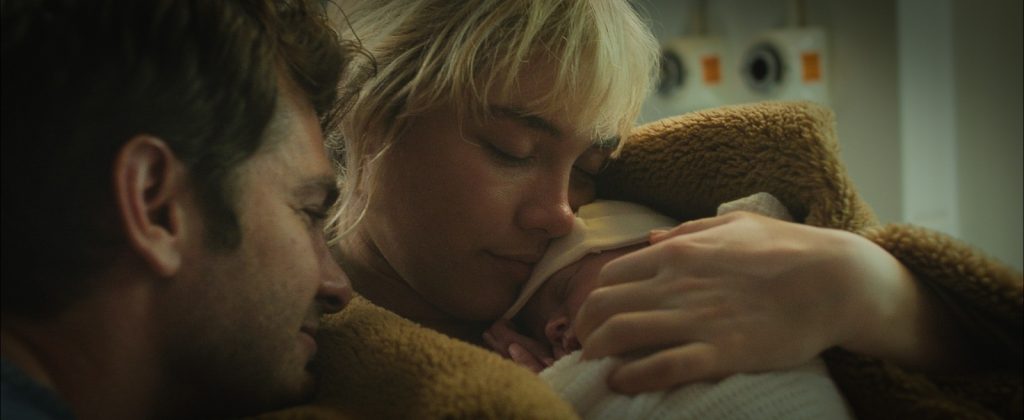
Quite often I’d find myself trapped in the corner, and then there was Florence with a midwife and an intimacy coordinator, Andrew, and the babies, so there was a lot of activity in and around the room and I didn’t want to clutter that with any additional equipment. Stripping back the lenses and lighting allowed the shoot to move seamlessly, with that whole scene shot close focus on a 27mm Panavision Primo. As well as it being a really enclosed environment, John and I wanted it to feel like an intense and heightened experience with an energetic and chaotic feel. So the camera was invariably quite low and I would be sat on a small dolly on wheels with the camera rigged so I could operate it handheld close to the ground. The success of that sequence was in part down to thorough prep and shot listing, figuring out camera angles, and making sure the set was as calm, quiet and as focused as possible while being mindful of what Florence and Andrew needed to achieve that level of performance. I love it as a scene – it’s moving and funny, a really interesting range of emotions.
It was always crucial to strike the balance between what’s naturalistic and believable while trying to slightly heighten the look. So there could be an instinct in that petrol station bathroom scene, to have flickering fluorescence and make it feel really grimy and push too far into that look. We always wanted to keep it quite restrained and natural, so while there was a little bit of green in there and the walls were a little darker than they would normally have been, it was always about retaining that authenticity.

